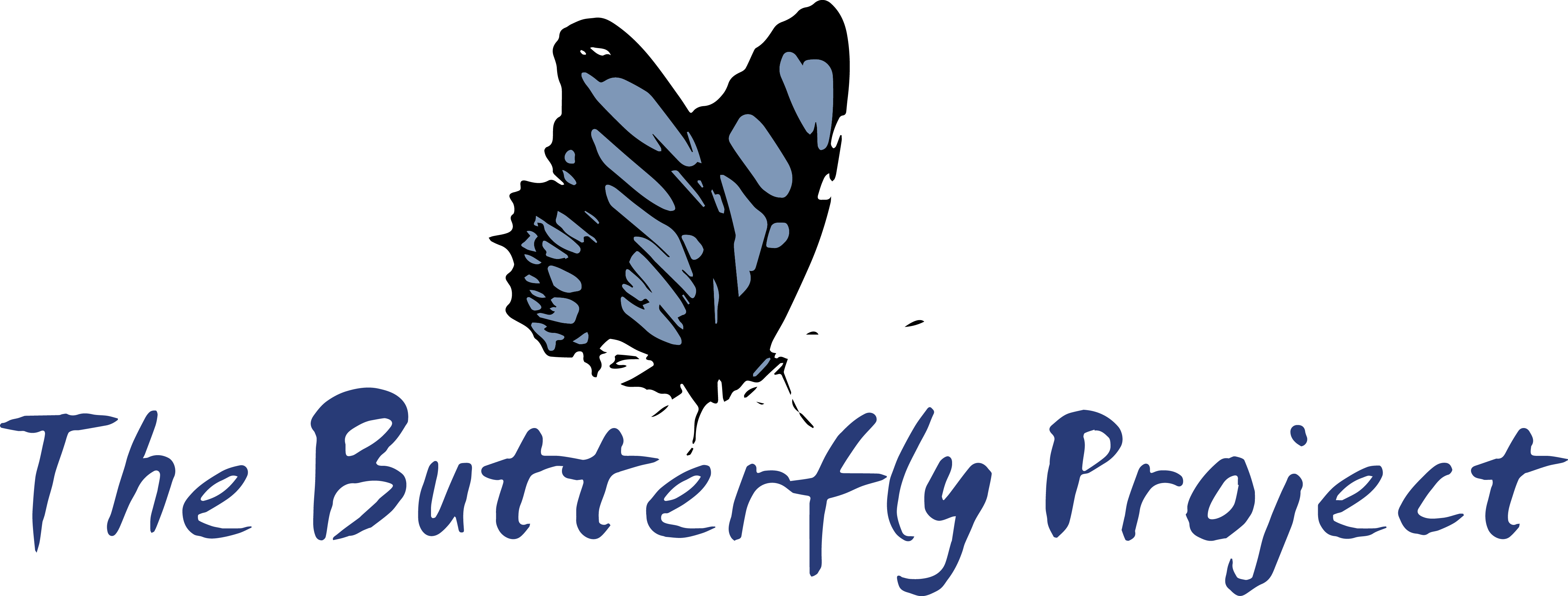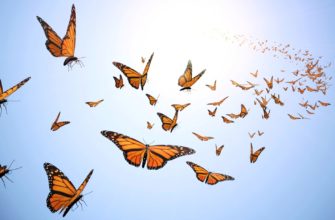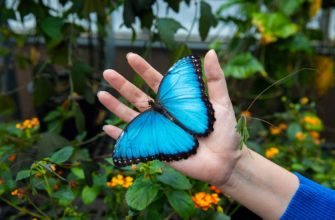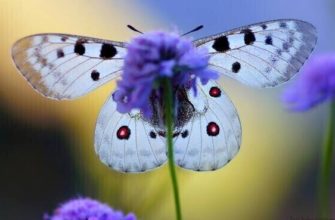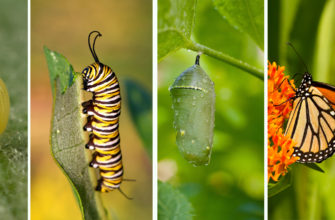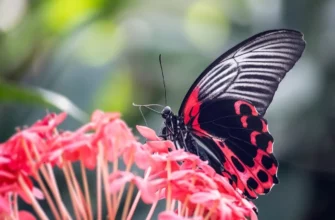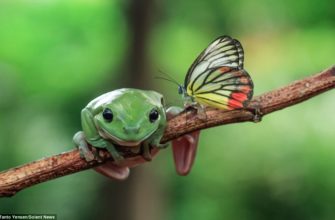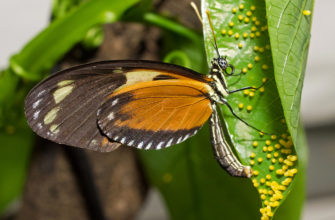Butterflies are unique insects that have evolved specialized systems for various bodily functions, including digestion, respiration and circulation. Their complex anatomy enables them to perform activities such as flight and mating with precision. One question that often comes up regarding butterflies is whether they possess a urinary system.
Well, the answer is yes, butterflies do have a urinary system known as Malpighian tubules. These tubules are responsible for filtering waste products from the hemolymph, which is the fluid equivalent of blood in insects. The filtered waste is then expelled through the anus in the form of frass or what we refer to as butterfly poop.
Apart from eliminating waste products from their body, Malpighian tubules also help butterflies regulate their water balance and prevent dehydration. This is essential because butterflies require sufficient fluids to fly efficiently and sustain themselves.
Interestingly, some species of butterflies have evolved additional ways of conserving water and minimizing the need for excretion by extracting nutrients from plant sources that enable them to survive without needing a lot of fluids or generating much waste.
In ancient Greek mythology, butterflies were believed to be symbolic representations of human souls taking flight after death. While this belief has no scientific backing, it highlights the cultural relevance of these fascinating creatures throughout history. Today, butterflies remain significant symbols of beauty and grace and continue to inspire awe and admiration in scientists and nature enthusiasts alike.
Why do animals urinate? To mark their territory and assert dominance, or just because they can’t hold it in any longer – much like humans at a festival.
What is Animal Urination and Why Do Animals Urinate?

Animal urination refers to the process by which animals eliminate waste from their bodies by expelling urine. Urination is vital for maintaining homeostasis in animals as it enables them to regulate the composition and volume of body fluids, promote metabolic balance, and excrete hazardous waste compounds such as nitrogenous wastes.
Different types of animals have evolved unique urinary systems that allow them to conserve water, remove excess salts or metabolites, avoid predators through scent marking, attract mates, or engage in social communication. Animals are able to control their urination process via a complex interplay of hormonal, neural, and behavioral mechanisms.
Some fascinating examples include:
- Kangaroos that produce highly concentrated urine to conserve water in arid environments.
- Elephants that can generate up to 50 liters of urine per day due to their large body size and high water intake.
- Some primates like chimpanzees that have specialized bladder structures enabling them to engage in territorial marking rituals.
In light of these intriguing animal adaptations related to urination, exploring the topic further can deepen our understanding of animal physiology, evolution, and behavior. Don’t miss out on discovering more fascinating facts about animal biology!
Looks like we’ll need to start wearing raincoats around bugs if the answer is yes to that question.
Do Insects Pee?
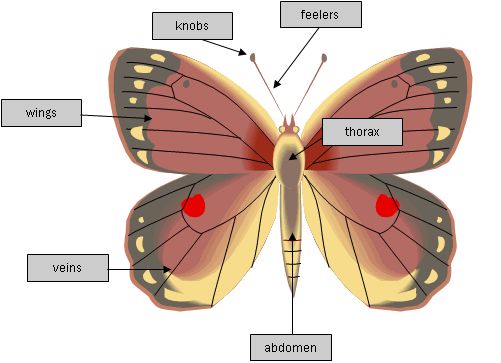
Insect excretory systems are diverse, and they vary between species. However, most insects eliminate waste through urination. Whenever hormones signal their kidneys to excrete, they release urine. Some insects, like butterflies, can pee when they need to lighten their load. This is common in most insects because they have a high metabolic rate, which leads to a lot of waste production.
Interestingly, insects do not have bladders like vertebrates. Instead, they have minute tubes that transport urine from their kidneys to the hindgut. Once it reaches the hindgut, it gets expelled out of the rectum. Insects that are aquatic or live in an environment with a scarcity of water tend to have a system that reabsorbs water to minimize water loss.
Another unique fact about insect urine is that it contains pheromones that can be used to mark territories or attract mates. Although it may seem insignificant, insects play a vital role in their ecosystem, and their urine could influence the behavior of other insects.
There was a case where a farmer in Kenya increased his yields by introducing butterflies to his crops. This was because the butterflies were attracted to urine and were more likely to lay their eggs on plants that had urine on them. This led to the crops being pollinated more effectively and, consequently, higher yields.
In summary, insects do urinate, and their urine can serve various purposes beyond just waste excretion. The way insects eliminate waste speaks to their diverse evolution and adaptation to their surroundings, making them integral members of their ecosystem.
Who knew that studying butterfly pee could be so captivating? It’s a good thing their anatomy and physiology is just as interesting.
Butterfly Anatomy and Physiology
Butterfly morphology and internal processes are fascinating. The structure of the wings, proboscis, antennae and compound eyes are critical for their survival instincts. Their anatomy includes three segments – head, thorax, and abdomen. They have six legs attached to their thorax and tiny scales covering their wings, which enable them to fly swiftly.
Oxygen is transported throughout the butterfly body via a complex arrangement of tubes called tracheae. Butterflies have a coiled or spiraled tube known as the Malpighian tubule system, which filters waste products from their blood. Thus butterflies excrete solid waste as frass (droppings) rather than pee (urine).
Fun fact: Butterfly secretion often refers to oily secretions used in tactile communication by males during courtship rituals.
Pro Tip: Although it may be tempting to touch butterfly wings or catch them for observation, refrain from doing so as they can be easily damaged, leading to death or hindering future migration patterns.
Butterflies may be beautiful, but they still have to do the dirty work – and when it comes to waste expulsion, they don’t hold back either.
How Butterflies Expel Waste?
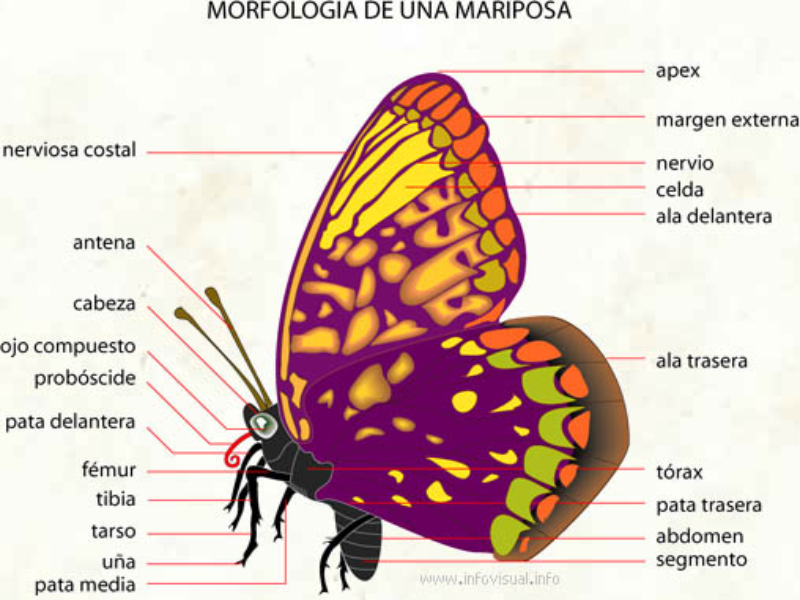
Butterflies disperse waste through their anus. Their digestive tract works similarly to humans’ and culminates with a rectum that holds waste before being expelled. Unlike humans, butterflies do not have a urinary system. Instead, they convert waste into uric acid crystals which are solid and easily removed from the body. These crystals are formed due to the high protein diet of butterflies.
Did you know that butterflies can taste with their feet? This is because they have taste receptors located on their tarsi, the end part of their legs.
One fascinating fact about butterfly pee is that it can be used as an indicator of environmental quality. Researchers collect urine samples from butterflies to study the levels of heavy metals that are present in their habitat. Do butterflies pee? Let’s just say, you don’t want to be the flower below them.
Do Butterflies Urinate?
Butterflies, like most insects, do excrete liquid waste, but their process is not the same as mammals. Butterflies excrete waste through small openings in their abdomen called spiracles. These openings are connected to their digestive tract and respiratory system and expel both solid and liquid waste.
Despite excreting liquid waste regularly, butterflies don’t have a bladder to store it. Instead, they’re continuously releasing it sparingly.
Did you know that butterflies not only pee but also use their urine for other biological functions like marking their territories or attracting mates?
Pro Tip: If you spot a butterfly with its abdomen pressed against a surface, be careful because it might be leaving its territorial scent!
Why settle for a boring old urine sample when you can collect some butterfly frass into your jar instead?
What is Butterfly Frass and How is it Different from Urine?

Butterfly frass is the excrement or feces produced by butterflies. Frass is different from urine because it contains both solid and liquid waste materials. While urine primarily consists of water and salts, frass mainly comprises plant fibers, chitin, and proteins.
To understand the differences between butterfly frass and urine, we can create a table using HTML tags. The table below explains how these two excretions differ in terms of their color, odor, content, viscosity, and quantity:
| Properties | Butterfly Frass | Urine |
|---|---|---|
| Color | Brown or black | Yellow |
| Odor | Earthy or musky | Ammonia-like |
| Content | Plant fibers and insect debris | Water and salts |
| Viscosity | Solid | Liquid |
| Quantity | Small amounts | Large amounts |
It’s interesting to note that some butterflies use their frass as an important defense mechanism against predators. Some species release sticky frass that can entrap small insects or microbes attacking them.
Pro Tip: Frass is often used by scientists to identify butterfly species. The shape, size, and texture of frass particles help researchers distinguish between different butterfly families or genera.
Looks like scientists are really getting into the nitty-gritty of butterfly bodily functions, I bet their parents are so proud.
How Do Scientists Study Butterfly Excretion?

Butterfly excretion is an intriguing topic, and scientists have delved into the details of this natural phenomenon. Experts undertake a range of approaches to examine butterfly waste processes, such as studying faeces under microscopes or analyzing nitrogen and protein excreted during metamorphosis. In addition, comprehensive fieldwork helps entomologists evaluate how butterflies disperse their waste in the ecosystem.
Furthermore, examining a butterfly’s stomach content can reveal the timing and rate of nutrient assimilation and excretion processes. Excretory waste products such as uric acid or urea need to be extracted from the abdomen for further analysis, where experimentation can be executed to comprehend their impact on multiple environmental factors. By conducting such research methods, scientists have thoroughly investigated the intricacies of butterfly excretion processes.
Moreover, researchers use sophisticated laboratory equipment to identify various components in the waste extracts collected from butterflies and metamorphosing caterpillars. These procedures involve identifying soluble proteins present within the urine samples. The composition of excrement products, nutrition assimilation patterns and physiological responses are thoroughly studied by scientists.
Interestingly enough, there was once an incident at Oxford University’s entomology department that led to a peculiar discovery about butterfly pee. A scientist accidentally sat on some cabbage white butterflies breeding in captivity resulting in him becoming covered in pee! While wiping himself down with paper towels later on he noticed an iridescent green pattern, which turned out to be fluorescent uric acid crystals in his butterfly mash!
Whether or not butterflies can pee may remain a mystery, but one thing’s for sure – this article has been a wild and hilarious ride.
Conclusion
Butterflies do pee, but not in the same way as humans. Their excretory system differs from mammals, and they release waste through small openings called spiracles located on their abdomen. These spiral-shaped appendages work similarly to pores and allow butterflies to expel excess fluid and waste. Despite its small size, butterfly pee plays an important role in pollinating flowers.
In addition to pollination, butterfly urine provides essential nutrients for plants, including nitrogen and potassium. Research shows that this nutrient-rich waste aids in seed germination and plant growth, making it a vital component of the ecosystem.
Interestingly, the color of butterfly pee varies depending on what they have eaten. Butterflies that feed on nectar produce clear or slightly yellowish urine while those that eat fruit or sap have darker colored urine due to the presence of pigments.
According to entomologists, butterflies can be a reliable indicator of an ecosystem’s health due to their sensitivity to environmental changes and specific feeding habits. Therefore, studying these delicate creatures’ pee can provide valuable insights into habitat conservation strategies.
